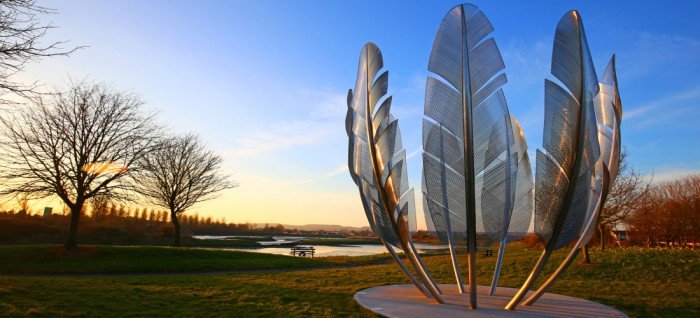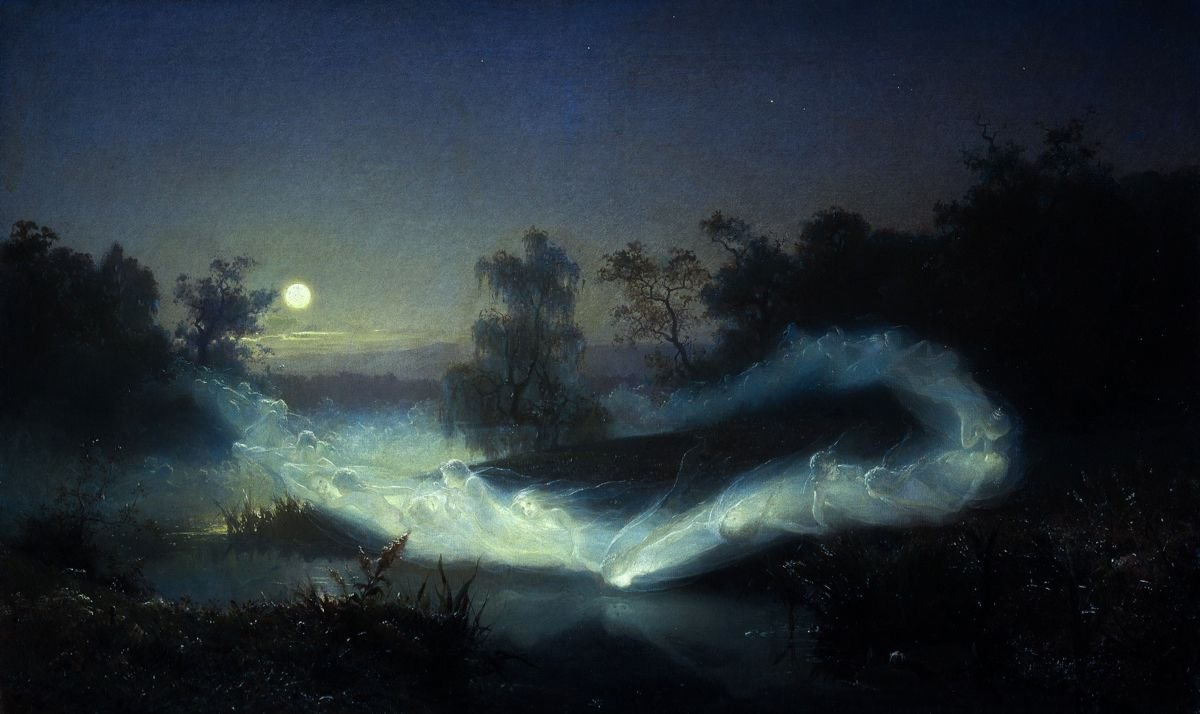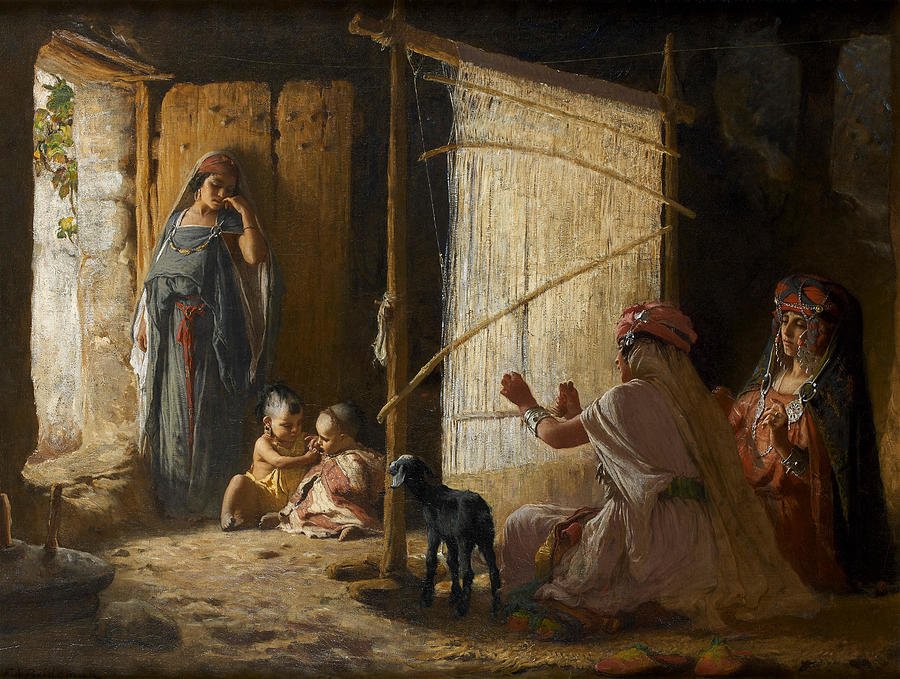We all have a Mythical Lineage
Eve (The Dreaming) by Jana Heidersdorf
We all have a mythical lineage. Or many mythical lineages. We all descend from ancestors who were storytellers. Whose mythology told the story of their people—their story, which is now our story to evolve as inherent in these ancestral myths is wisdom we so desperately need for our times. As Jung said, we must:
“…dream the myth onwards and give it a modern dress.”
But what happens when we are severed from our mythical traditions? How do we dream the myth onwards? How do we go walkabout in the cultural dreamtime to regenerate our mythical lineage in service to our lives, our families, our communities, and our world?
Well first, we must understand that this severance is a problem. A problem that together we can seek to solve. As the fairytale always tells us, each one of us holds the golden key.
The Golden Key by John Bauer
Mythological Displacement
Before I founded my business, the Celtic School of Embodiment, I worked for 14 years in global justice and human rights. During this time, I met many people who were experiencing ‘displacement’ either within their own country’s borders as an Internally Displaced Person (IDP) or across an international border, as a refugee. Displacement is the coerced movement of people from their home territories due to life-threatening factors like natural disasters, climate-induced disasters, war, persecution, corruption and human rights violations.
Displacement forces people to flee their homes, often that of their ancestors, and in consequence, causes immense psychological and bodily trauma. In addition to the wounding of the life-threatening event itself, displacement ruptures peoples’ connections to the cultural psyche and their mythological roots; the stories of their people. In the West where we have succumbed to the plague of rationalisation, the loss of our native myths may not seem as grave as the loss of life. It’s not. And yet, it has serious ramifications, which I believe we are only starting to see particularly in countries with a history of settler colonisation.
Myth is not primitive nor is it fabrication nor is it children’s stories. There is no singular purpose to myth, but in most cultures, myth facilitates the conditions for people to engage in the sociocultural, natural, and supernatural worlds that surround them and illustrates through story a range of effects that individual action can have on these multiple worlds. It can contribute to a person’s physical, mental, emotional and spiritual wellbeing. Myth and place are often inextricably linked. Myth helps people anchor in their physical and metaphysical place in the world. Not that this needs to be static. Any romanticised notion of ‘pristine’ mythology that is void of an agenda and has been isolated from interactions with other peoples and cultures, is a fallacy.[1] Myth is fluid and should flow with the times.
Still, we are living in an epoch of mythological displacement. In a time when people are displaced or have been moved away from their mythical lineage. I believe that this is detrimental to our wellbeing and I see from the women I work with, how this is amplified when we are not living on the land of our ancestors. While some of us like myself may live in the places where our forebears were born and died, many more do not. Sometimes that is by choice, and other times it is due to factors outside of our control like ancestral migration, colonisation and displacement. Yet for all of us, the felt sense memory of our ancestral home remains buried in our bodies. Just as the old bone woman haunted Gobnait (you can find this tale here) from beneath the top waters so too does ancestral memory haunt us from the unconscious, begging for our attention.
Amžinybė (Eternity) by M. K. Čiurlionis
A History of Displacement
For a small country, Ireland has a colossal legacy of displacement. Numbers vary but the Irish Diaspora is around 70 million people. Of these, 36 million are in America. The remainder are in the UK, Canada, Australia and New Zealand, and small populations in Continental Europe and Central and South America.[2] A historical catalyst to this was the Irish Famine, An Górta Mór, ‘The Great Hunger’, which was the greatest social disaster in 19th century Europe. Over 2 million people, a quarter of the population either died or emigrated. Ireland was under the rule of the British government at the time whose policies premised on racism, classism, and structural violence did not provide an adequate response, it failed the Irish people.
There were aid efforts within Ireland, Britain, and across the world. One donation that is remembered with reverence within Irish cultural memory is that of the Choctaw Nation who gave $170 to relieve famine suffering. This generosity came from a people who at the time were experiencing ethnic cleansing and forced displacement by the American government led by a Scots-Irish descendant, President Andrew Jackson. To take action to ease the suffering of another peoples amidst the horror of their own suffering was a profound act of human solidarity. In the Choctaw myth of emergence, the people are said to have emerged into this world from a mother mound, Nanih Waiya, ‘Leaning Hill’. In Irish tradition, the Áes Sídhe, the ‘People of the Mound’, our supernatural ancestors and otherworldly beings emerge from the fairy mounds, the hallow hills, and the Otherworld to interact with our world. Like in these instances where land and myth are interwoven, the displacement of peoples from their ancestral homes can be spiritually devastating.
Kindred Spirits sculpture in Midleton, Co. Cork honouring the contribution made by the Choctaw to starving Irish people in 1847
Subtle Displacement
Mythological displacement does not only happen with the forced movement of people, it can occur in more seemingly subtle ways. One example of this is the displacement of a native language with a non-native tongue. We see this with Gaeilge (Irish Gaelic), the Irish language and English. Every placename in Ireland tells a story. When you read Irish mythology, you will find long passages telling the story of how a placename came to be. Yet the history of place is complex in Ireland because our placenames are no longer in our mother-tongue, they were anglicised. This not only displaced the majority of the population from our language but also from our deeper sense of place and ancestry on our land.
To provide an example, a town near where I live is called 'Ardee'. Its meaning is hidden in its anglicised form. The Gaeilge for Ardee is ‘Baile Átha Fhirdhia’ which translates as 'The Townland of the Ford of Ferdia'. The story of this place is about a devastating duel at a ford between two warriors, Cú Chulainn (Koo Chul-an) and Ferdia (Fer-dee-ah), both of whom trained under the talented warrior woman, Scáthach (Scah-hock) on the Isle of Skye in Scotland. Not only were Cú Chulainn and Ferdia brothers in arms but some believe, potentially lovers. You can know none of this when you know the town only as 'Ardee'. Like how modern branding works, this is an incredibly effective tactic of assimilation.
Scáthach by PJ Lynch
Capitalist Displacement
Culture is a natural phenomenon across all human societies but culture itself is not natural, it is learned. Culture's mode of communication is predominantly symbolic. Different cultures share information in different ways, but they do so through symbols. These symbols could be the likes of words, gestures, behaviours, actions, and objects that are all inferred with meaning by a given culture. From birth, as you grow, you absorb these symbols and learn how to speak your culture fluently. Capitalism also behaves like a culture. It is not natural, it is constructed. Capitalism diffuses its own series of cultural symbols through the image of global brands (think Apple) that mass media then manipulates us into consuming through influencers. In capitalist spirituality, deities are celebrities, sites of worship are stores or anywhere we can consume, and our votive offering is money.
With capitalism, comes the idea of ‘development’, the lie of eternal progress that we all seem to be working towards. Some countries are ‘developed’ so better, others are not so worse. Development is a Western notion that has no equivalent in many languages. It is not natural or universalistic and does not appear in all cultures. Rather, it is a practice by which the existence and destinies of non-Western societies are formed via a Eurocentric mode of imagining and perceiving the world.[3] This impression of development creates a false polarity between the traditional and the modern, a deception whereby indigenous peoples are often characterised as primitive, having existed without history until the arrival of Europeans.[4]
The idea of modernisation has been propagated with such force globally that it is glorified as a universal goal and any deviation is subsumed under a negative, ‘traditional’ classification. Mythology exists within the traditional. It is not modern and so is perceived as less than. Where you have a racialisation or othering of the mythic or folkloric beliefs of a peoples like in Ireland under British rule, the obsession with modernisation intensifies because we have to be seen to be progressing, to be rational, to be intellectual, to lose our backwardness. It’s a survival tactic. A consequence of this is that our mythology loses its power, and we fall out of our enchantment with the world. Writing over one hundred years ago, German Sociologist Max Weber warned:
“As intellectualism suppresses belief in magic, the world’s processes become disenchanted, lose their magical significance, and henceforth simply ‘are’ and ‘happen’ but no longer signify anything.”
Dancing Fairies by August Malmström
White Supremacy Displacement
Capitalism’s greatest lover is white supremacy culture, an ideology that creates a hierarchy of imagined racialised value, where like modernisation, whiteness or white culture is the desired result; white middle and owning class to be specific. It constructs who is of value and human, and who is not in the name of profit, power and ‘progress’ at all costs.[5] This is a sinister form of colonisation, of ‘power over’ as it displaces us from ourselves, our hearts, our bodies, our spirits, one another, and nature.
In White Supremacy Culture – Still Here, Tema Okun and colleagues at dRworks articulate how white supremacy culture violates the humanity, ways of knowing, ancestral land and livelihoods of indigenous people, while exoticising, romanticising and culturally appropriating the wisdom and customs held within these communities. Indigenous people often maintain historical continuity with pre-colonial culture and form non-dominant groups within society.[6] We see this in Ireland with the Traveller (Mincéirí) community who have been vilified, ostracised and forced to ‘settle’, a form of displacement, by the Irish government, as Ireland upon independence used much of the same institutional structures imposed by the British Empire.
Even in our education system, which mirrors the British system and was formed in collusion with yet another colonial power, the Catholic Church, our mythology is taught as imaginary tales for children. Okun stresses how academia defines the “classics” as Greek and Roman, white and male. ‘Classic’ conjures the image of the highest possible quality—forever—and in this way gives superiority to a particular way of knowing so that Greek and Roman becomes the mythology of the West. These mythologies do, of course, speak to archetypal patterns that appear cross-culturally and are fundamental to understanding the Western Psyche as are their many Egyptian roots. But we have access to a rich broth of other mystery traditions, some of which have been relegated to the margins for not conforming to this model of classic. Why not have this, and more please?
“Looking back behind the modern severance of spirit from nature, we can find an important source of Western culture in the myths, art, music, folklore and traditions of pre-Christian Ireland. This material is as important for understanding ourselves as Egyptian, Greco-Roman and Judeo-Christian influences.”
Sylvia Brinton Perera, The Irish Bull God
Irish mythology does not equate to whiteness. Irish bodies come in a gorgeous spectrum of colours and diverse lineages. This extends beyond our small island to our Diaspora, where for example, it is estimated that 38% of African Americans have Irish Ancestry.[7] This fills me with hope for our mythology as our diversity can fuel innovation and creativity. My work is my way of weaving a new tapestry for our mythical lineage but we need many diverse threads!
Women in Biskra Weaving the Burnoose by Frederick Arthur Bridgman
The Legacy of Mythological Displacement
I work predominantly with women who are first-generation Irish, or of Irish or wider ‘Celtic’ heritage. 80% of the women who cross my threshold live beyond Irish shores. I see this legacy of mythological displacement everywhere in my work. Common themes that emerge from my clients and community are:
Feeling disconnected from their lineage(s)
Feeling like they don’t know where they belong
Identifying as biracial or multiracial and navigating multiple lineages
Holding shame about not knowing more about their mythological heritage
Carrying intergenerational grief and trauma
Being haunted by the ghost of ancestral loss that they cannot make sense of
Seeking and, or, potentially appropriating from other cultures, or fear of doing so
Being a settler on the stolen land of indigenous peoples
A Remedy for Mythological Displacement
So, what’s the remedy? How do we travel the road from mythological displacement to finding our way home? I don’t live in your body so it would be remiss for me to dictate a solution to the complexities of mythological displacement. That acknowledged, in my experience, there are three standing stones that generate the soulful conditions for you to (re)discover your own location for home within your lineage.
The Wild Swans by Jackie Morris
1. Become Intimate with Your Mythical Family
You are not simply your life and your life simply you, there are spiritual forces that arise from the collective unconscious—your mythical kinsfolk—who are naturally invested in your life. Who conspire to guide you to self-actualisation, to fulfil your life’s Calling. This cannot happen without reciprocity—you have to be interested in them to see their interest in you.
Tend to the archetypes that your ancestors brought to life to shape their world and the native faces they bequeathed these archetypes—the goddesses, gods, and mythical beings of Irish mythology. This is your mythical family. If you hold multiple lineages, invite your full family in, all lines. Jung believed that ancestral experience remained alive within the sea of the collective unconscious. Myth is one of the most powerful ways we can access this unconscious so that we can learn from our mythical and human ancestors. What would they wish for us to know?
In this way, myth is always evolving and can serve to illuminate the foresight we need for our lives, our families, our communities, and our world. We are living in an unprecedented era of crisis as our planet revolts through climate change against the toxicity of our relationship with it, which I believe mythological displacement exacerbates. Deepening your relationship with your mythical family is deepening your relationship to Mother Earth. We have to dream with our mythical ancestors and allow these visions to be of service.
2. Unveil your Divine Feminine Heritage
When we venture into the Otherworld of our mythical lineages, we see how the ‘original’ sources are often tainted with a patriarchal hand as is the case with Irish mythology and its Christian scribes. We have to lift the veil in search of the feminine, to excavate her from the ashes of mythological memory. It is no coincidence that the domination and subjugation of nature and the feminine are killing our planet. And so, when we find the feminine in our myths, we must allow her wisdom to metabolise through our bodies so we can inhabit her more fully. We must welcome the full spectrum of the feminine into our lives so that we ourselves can become more alive. She has been missing and we are dying without her. Rest assured there is no shortage of big feminine energies in Irish mythology. We have much to work with.
3. Partner with Your Body
You could go and read books on Irish or Celtic mythology and the feminine, which are still few and far between, we desperately need many more. Yet for me, what is missing entirely from experiences of myth and the feminine in the Irish and Celtic context, is the body. To paraphrase Marion Woodman, we can only hear our authentic voice when we discover and love the goddess lost within our rejected body. And so let me repeat what I said above, it is no coincidence that the domination and subjugation of nature and the feminine—and the body—are killing our planet. We have rejected all three. We have displaced all three. When you drop the stories of your mythical ancestors into your body and allow them to coarse through the veins of your own life stories, this is where the magic, the re-enchantment happens.
Samhain by Wendy Andrews
I Feel Like I’ve Come Home
What happens when you become your own custodian of these three standing stones? It may sound like a cliche but the most common response I hear is, “I feel like I’ve finally come home.” This is frequently accompanied by:
Deeper acceptance and love of self
Honouring your Irish or wider Celtic lineage, and other lineages from an embodied and internally resourced place
Rootedness in your own sense of what it means to belong in this world
Release from ancestral grief and trauma
Confidence to engage in cross-cultural relationships in celebration of our human diversity and our interconnectedness
Trust to reimagine your lineage(s) free from dogma and make your own poiesis with this in service to others and these times
And when you stir feminine stock into this broth, women are energised with personal:
Sovereignty: A stepping forth into life as an embodied expression of power within, as a sovereign woman
Sensual Aliveness: A cultivation of your external senses, along with the nebulous world of your internal felt senses as a gateway to living a full-flavoured enchanted life
Becoming: An implosion of creative lifeforce. Surrendering to cyclic rhythms and embracing all seasons in acceptance of your ever-unfolding unto life
‘“O Brigit!” said Ogma, “before you go tie a knot of remembrance in the fringe of your mantle so that you may always remember this place—and tell us, too, by what name we shall call this place?” “Ye shall call it the White Island,” said Brigit, “and its other name shall be the Island of Destiny, and its other name shall be Ireland.” Then Ogma tied a knot of remembrance in the fringe of Brigit’s Mantle.’
- Ella Young, Celtic Wonder Tales
You remember the knot in your mantle, I know you do.
References
[1] Wolf, E.R. (1982) Europe and the People Without History. University of California Press
[2] Irish Emigration Patterns and Citizens Abroad 2017, Department of Foreign Affairs, Ireland
[3] Tucker, V. (1992). The Myth of Development: A Critique of a Eurocentric Discourse. In Munck, R. & Hearn, D. (eds). Critical Development Theory: Contributions to a New Paradigm. London: Zed Books
[4] Sahlins, M. (1999). What is Anthropological Enlightenment? Some Lessons of the Twentieth Century. In Sahlins, M. (eds.) Culture and Practice: Selected Essays. Zone Books: New York
[5] Okun, T. (2021) White Supremacy Culture – Still Here. whitesupremacyculture.info
[6] United Nations Permanent Forum on Indigenous Issues
[7] African American Irish Diaspora Network










